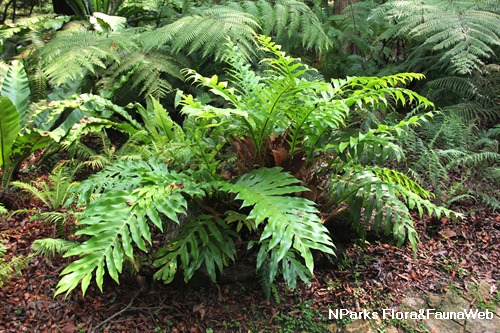
Back
Drynaria quercifolia (L.) J.Sm.
| Family Name: | Polypodiaceae |
| Synonyms: | Aglaomorpha quercifolia |
| Common Name: | Oak Leaf Fern, Daun Kepala Tupai, Sakat Laipang, 栎叶槲蕨 |
Name
Classifications and Characteristics
| Plant Division | Ferns & Lycophytes (Non-Seed Vascular Plants) (Fern) |
|---|---|
| Plant Growth Form | Epiphyte, Herbaceous Plant |
| Lifespan (in Singapore) | Perennial |
| Mode of Nutrition | Autotrophic |
| Maximum Height | 1.5 m |
Biogeography
| Native Distribution | Andaman and Nicobar Islands, India, Sri Lanka, Nepal, Bangladesh, East Himalaya, Hainan, Myanmar, Laos, Cambodia, Vietnam, Thailand, Peninsular Malaysia, Singapore, Borneo, Indonesia, Philippines, Lesser Sunda Islands, Maluku, New Guinea, Northern and Western Australia. |
|---|---|
| Native Habitat | Terrestrial (Primary Rainforest, Secondary Rainforest, Freshwater Swamp Forest, Riverine, Disturbed Area / Open Ground) |
| Preferred Climate Zone | Tropical |
| Local Conservation Status | Native to Singapore (Least Concern (LC)) |
Description and Ethnobotany
| Growth Form | It is an epiphytic fern with a rhizome (horizontal stem) that is thick and fleshy with many scales, giving it a woolly appearance. The scales are dark brown and narrowed gradually to the tip. |
|---|---|
| Foliage | Its simple, lobed fronds (leaves) develop as 2 distinct types, nest and foliage fronds. The nest fronds are sessile, 40 by 30 cm, sterile, long-persisting, capture debris as humus for the plant, and protect the rhizome from exposure to sunlight and wind. The foliage fronds are stalked, 130 by 40 cm, fertile, lobed almost to the midribs, deciduous, drooping, and bear sori when mature. The blades split from the midrib when a foliage frond is old or experiences harsh external conditions. |
| Reproductive Parts - non-flowering plant | Its sori are round and exindusiate (not covered by a membrane). They are arranged in a regular row on both sides of the main veins. Its spores are dispersed by wind. |
| Cultivation | It can be propagated by spores. |
| Etymology | Drynaria, derived from the Greek term dryas, oak-shaped leaf, referring to the leaf shape of the fern; Latin quercifolia, with leaves that are like those of oak, Quercus-folium |
| Ethnobotanical Uses | Medicinal: The plant extract is sprinkled on patients to relieve fever. The pounded leaf can be applied to treat swellings. |
Landscaping Features
| Landscaping | It is suitable for parks and roadsides as an epiphyte on trees or lithophyte on walls. |
|---|---|
| Desirable Plant Features | Ornamental Foliage, Ornamental Form |
| Landscape Uses | Suitable for Roadsides, Parks & Gardens, Vertical Greenery / Green Wall |
Plant Care and Propagation
| Light Preference | Semi-Shade |
|---|---|
| Water Preference | Little Water, Occasional Misting |
| Plant Growth Rate | Fast to Moderate |
| Propagation Method | Spore |
Foliar
| Foliage Retention | Evergreen |
|---|---|
| Mature Foliage Colour(s) | Green, Brown |
| Mature Foliage Texture(s) | Leathery |
Image Repository
Others
| Master ID | 252 |
|---|---|
| Species ID | 1548 |
| Flora Disclaimer | The information in this website has been compiled from reliable sources, such as reference works on medicinal plants. It is not a substitute for medical advice or treatment and NParks does not purport to provide any medical advice. Readers should always consult his/her physician before using or consuming a plant for medicinal purposes. |

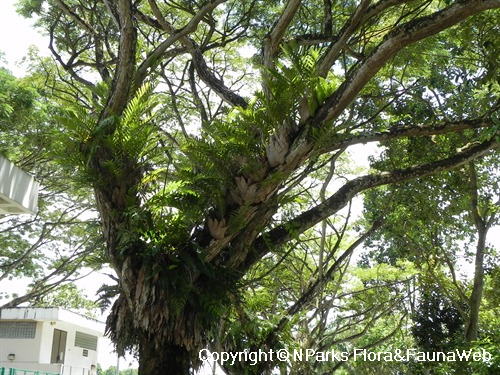
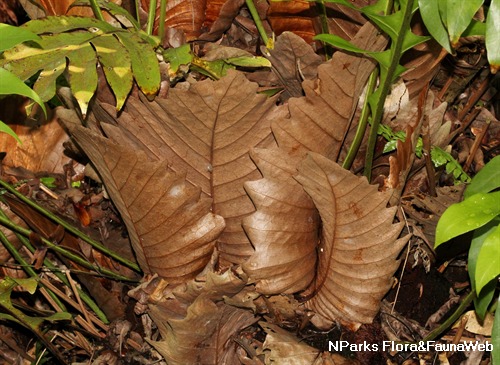
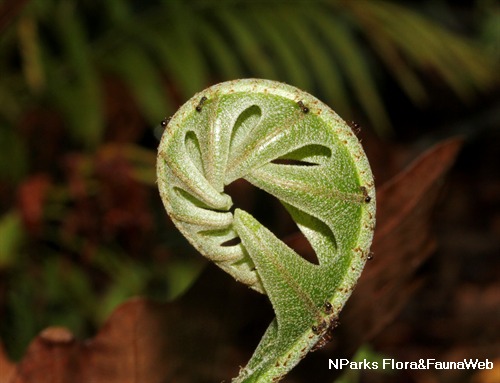
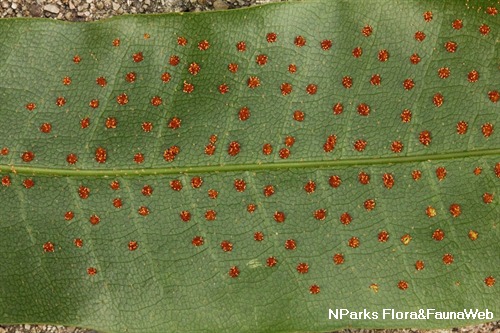
.jpg)
.jpg)
.jpg)
.jpg)
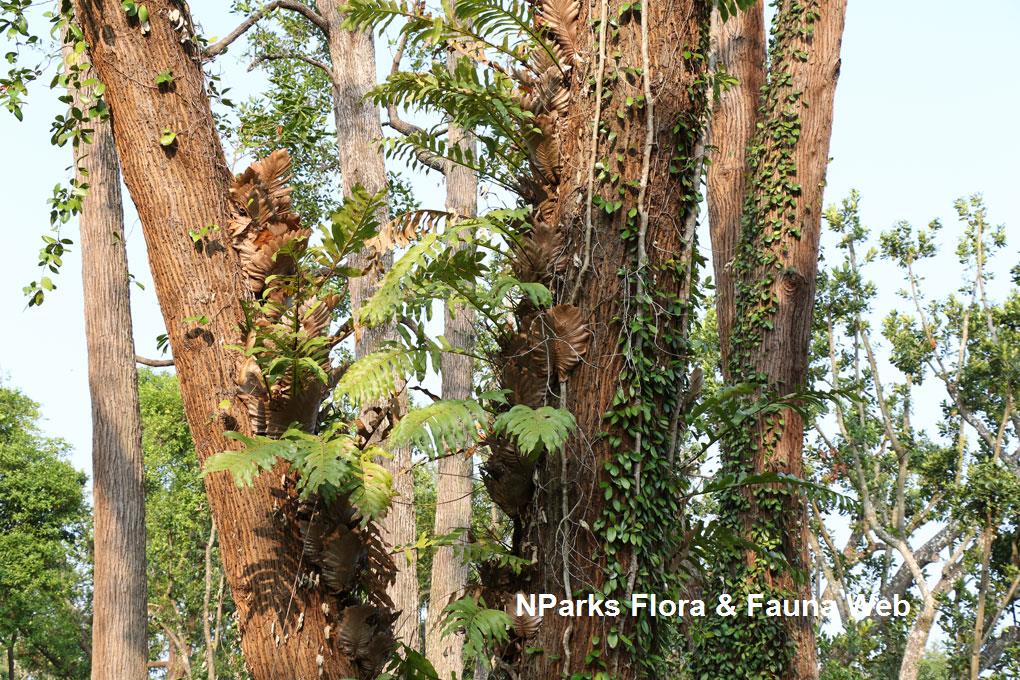
.jpg)
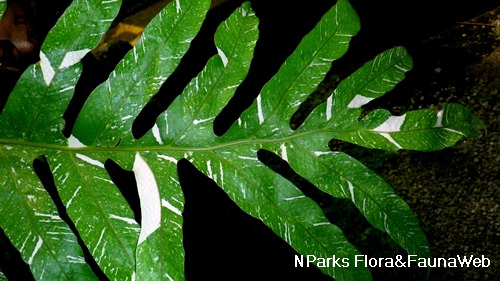
.jpg)